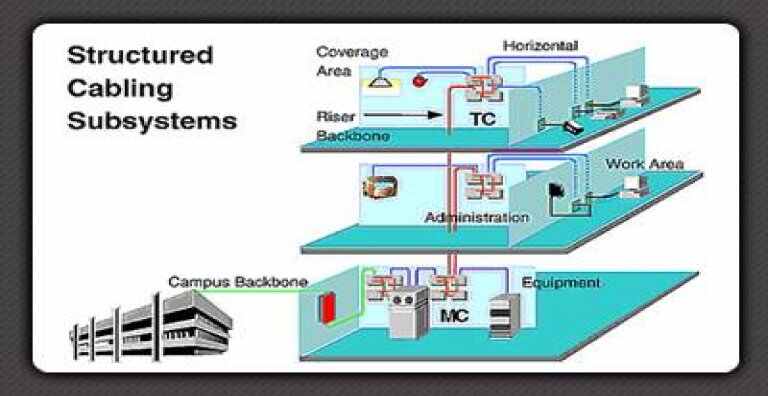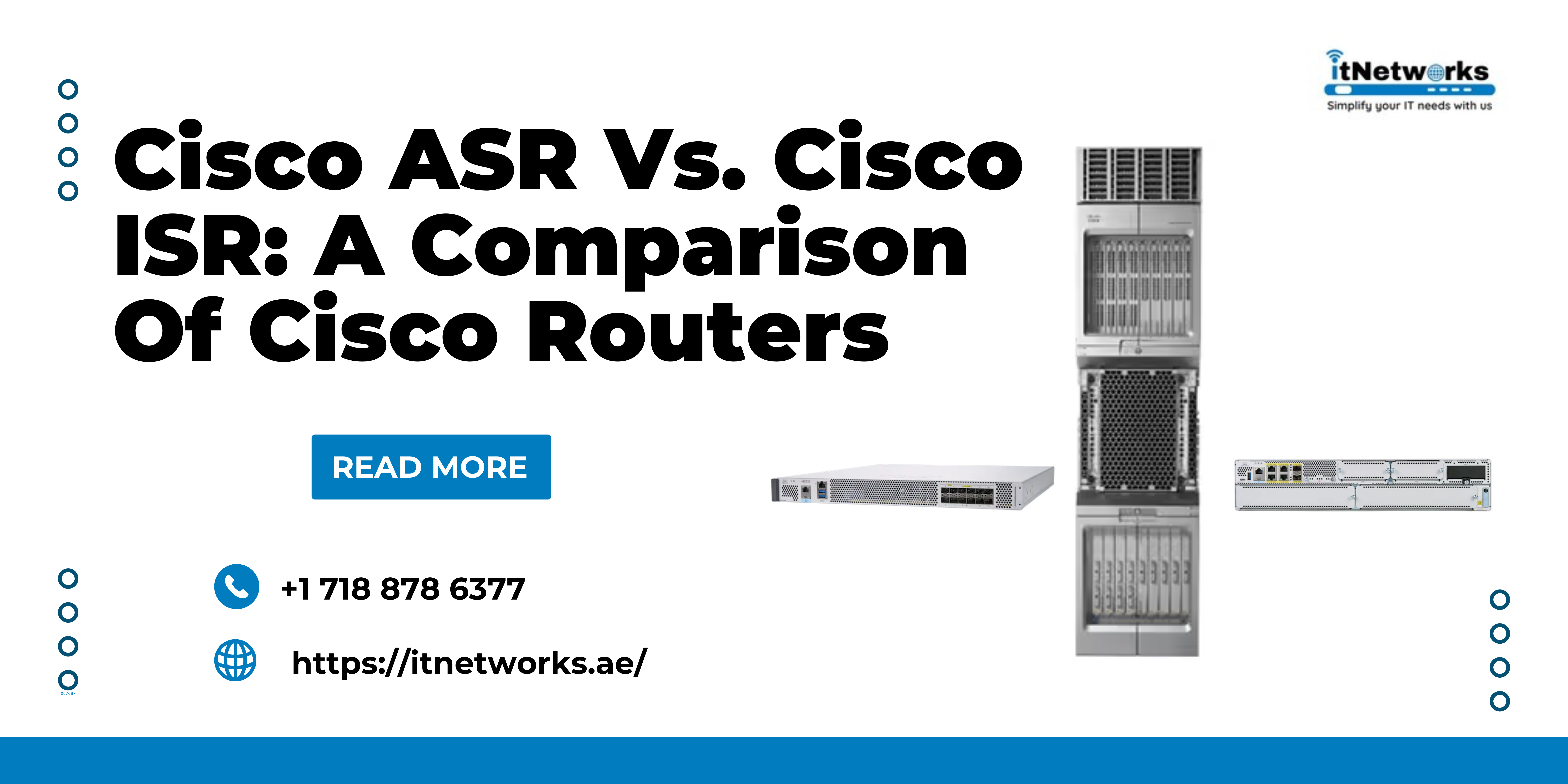What are the 6 components of structured cabling?
Whenever you complain about any network issue, network administrators always have one answer to say that network is down because of some fault in cabling. Hearing this you also have no choice but to wait till they fix the issue. Only by implementing well-designed and well-maintained structured cabling, you can easily eliminate this network downtime. Structured cabling services deliver a comprehensive telecommunication infrastructure that helps an organization carry its networking tasks smoothly.There are six smaller subsystems to implement structured cabling that work together to operate as one infrastructure. Without one of these subsystems, the structured cabling system wouldn’t work properly. So let’s understand those 6 subsystems as they support your business network to run at peak performance and efficiency.

1.Entrance Facilities
An entrance facility, in a structured cabling system, contains every important part which connected to the access provider (AP) or private network cabling such as network demarcation point(s), connecting hardware, protection devices, and other equipment.This is the official factor where the circuit from the ISP or telecom organization ends and the private cabling machine begins.
2.Equipment Room
Equipment rooms are any rooms on the premises that contains environmentally controlled centralized space for telecommunications equipment. Usually, this room contains switches and routers used for structured cabling.
3.Backbone Cabling
Backbone cabling is made up of the actual cables that provide interconnection between telecommunications rooms, equipment rooms, access provider (AP) spaces, and entrance facilities.
4.Telecommunications Room/Enclosure
A TR or TE houses or we can say telecommunications room or telecommunications enclosure are the terminal points of the system backbone which provides a controlled environment to house telecommunications equipment, connecting hardware and splice closures serving a portion of the building.
5.Horizontal Cabling
Horizontal cabling basically consists of an unshielded twisted-pair horizontal cable, mechanical terminations, jumpers, and patch cords located in the TR or TE. It is like a “last mile” cabling before you reach a computer in a work area.
6.Work Area
The work area is an actual area where an end user’s equipment like laptops, desktop computers or any Wi-Fi enabled devices are present. At least two telecommunications outlets or we can say permanent links should be provided for every work area. Having all of these subsystems in perfect place ensures that the cabling infrastructure can do its job well-furnish and provide sufficient coverage and connectivity for all your employees.





